SUMMARY
This is AI generated summarization, which may have errors. For context, always refer to the full article.
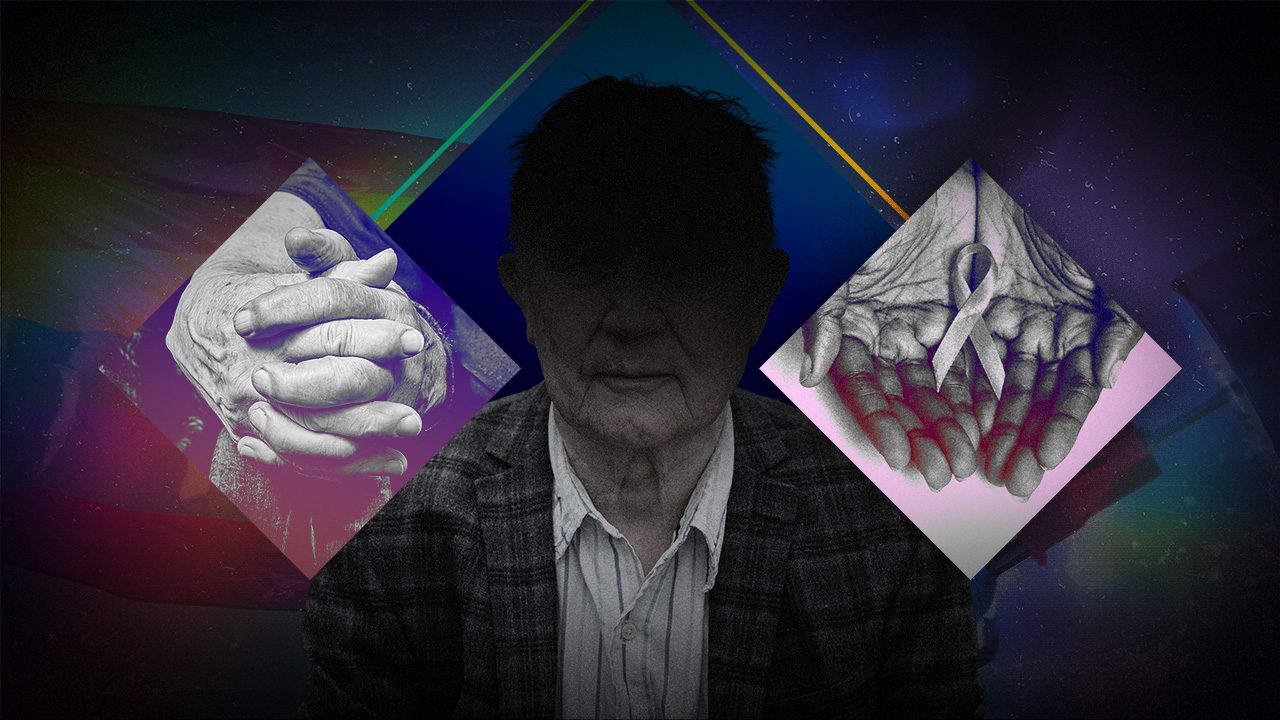
First of 2 parts
MANILA, Philippines – It was midday. The noise from the television filled the silence in Roman’s* dimly-lit room. Partially blind, he sat very close to the screen so he could listen to his favorite noontime show.
He proudly gestured to the racket and a gold medal adorning the wall. In his younger years, Roman was an active table tennis player.
“Nakita mo iyong medal diyan? Nakuha ko iyan noon sa isang laban ko sa table tennis. Napakasaya noong nakuha ko iyan. Lahat kami masaya noon,” he reminisced.
(See that medal there? I won it during a table tennis match. It made me so happy. We were all happy then.)
Now 75, Roman could only recall his youth with fondness. For two decades, he had been grappling with visual impairment, heart issues, and asthma – confining himself within the four corners of his room.
But unknown to his friends and neighbors, Roman was battling another condition. At the age of 52, he tested positive for Human Immunodeficiency Virus (HIV) – a battle he has since been fighting alone and in silence.
‘Silent epidemic’
HIV is a sexually-transmitted virus that attacks the immune system, weakening the body’s ability to fight infections and diseases. If left untreated, HIV can lead to the more severe condition known as AIDS (Acquired Immunodeficiency Syndrome).
In the last decade, the country has witnessed the most rapid surge in HIV cases in the Asia-Pacific region. This stands in stark contrast to the situation in other countries in the region, where cases are declining.
In 2007, the country had only 330 recorded cases. In 2012, the daily count of new HIV cases was around nine. However, in 2023, the reported daily cases surged to 46, marking a remarkable 411% rise in incidence over the span of a decade. Majority of these cases, or nearly 11,000 cases, were from the 15-34 age group.
HIV/AIDS advocates in the country said that it has remained a “silent epidemic” amid the threat of the coronavirus disease, emphasizing the ongoing challenges in raising awareness, combating stigma, and ensuring access to essential healthcare services for those affected by HIV/AIDS.
Roman was among the 3,160 older Filipinos who were diagnosed with HIV at age 50 and over from the first recorded cases in 1984 to August 2023, according to data from the Department of Health (DOH). More than half of these cases or 1,595 older persons were diagnosed just in the last five years.
While persons living with HIV can manage the condition and live a healthy life, older persons like Roman who are diagnosed late in life are facing not only multiple health burdens, but also stigma and discrimination – from old age, being gay, and being HIV-positive.
Breaking down these stigmas is not only crucial for Roman’s individual experience, but also for fostering a more inclusive and compassionate society that recognizes the dignity and humanity of every person, regardless of age, sexual orientation, or health status.
‘Death sentence’
Roman was not sure where he acquired the virus.
For 20 years, he worked as an accountant in Indonesia, where he would sometimes visit a few gay bars. But these visits were rare and discreet, he said, given the lack of acceptance of the LGBTQ+ community in the Muslim-majority country.
From time to time, he would come home to Manila for a vacation. During one of his trips in 2000, he fell seriously ill and was hospitalized. He later learned that he was HIV-positive, which exacerbated his pre-existing lung ailment.
He was referred to the Research Institute for Tropical Medicine (RITM), the medical research body of the Department of Health (DOH), at a time when the institute had recently intensified its focus on AIDS research.
“Ang hirap para sa akin noong araw kasi hindi ko naman masyadong naiintindihan ang HIV. Naririnig ko lang iyong salitang AIDS pero hindi ko alam, umabot yata ng isang linggo bago ako bumalik sa wisyo at katinuan,” Roman said.
(It was tough for me back then because I didn’t really understand HIV. I just heard the word AIDS before, but I didn’t know much about it. It took about a week before I regained my composure and clarity.)
As Roman grappled with both his lung ailment and HIV, he quickly noticed a decline in his physical health. He grew weak, and it became increasingly challenging for him to engage in prolonged physical activities like table tennis, which had been part of his routine.
“Tinanong ko kasi sa doktor noon kung hanggang kailan ako mabubuhay, ang sinabi sa akin 3-5 years. Sinentensiyahan talaga ako. Ang hirap noon kung papaano ako magco–cope sa ganoong sitwasyon na para bang wala akong pag-asa,” Roman explained.
(I asked the doctor back then how long I would live, and she told me 3-5 years. I felt sentenced. It was challenging at that time, figuring out how to cope with a situation that seemed so hopeless.)
For more than 20 years, Roman managed his medical expenses on his own, relying on his already depleting savings that he earned from working abroad and his chicken farm business. However, as time passed, the range of illnesses he had to face extended beyond HIV.
“Doon ako namayat nang husto. Doon ako humina. Doon ako hindi na makapag-trabaho. Hindi na ako nakabalik ng Indonesia,” he said.
(That’s when I lost a lot of weight . That’s when I felt weak considerably. That’s when I couldn’t work anymore. I never got to return to Indonesia.)
Dr. Mark Pasayan, head of the AIDS research group at RITM, said the manifestation of HIV in older individuals may be obscured by additional issues or medical conditions associated with their age.
“As you age, the natural weakening of our immune system increases the risk of acquiring HIV, especially if you’re over 50. This makes you more susceptible to severe infections and illnesses,” Pasayan said.
Pasayan said the challenge for older individuals with HIV undergoing antiretroviral treatment lies in the potential side effects of the medication, which can increase their susceptibility to non-infectious conditions such as diabetes, heart, and kidney failure.
“It should not be a death sentence, and we should, number one, tailor the medication addressing HIV, and then we can tailor the medications based on the other comorbidities and the other chronic illnesses of the patient,” he said.
Stigma, discrimination
But it was not only Roman’s physique that changed, but also the way his family treated him.
“Noon ‘pag umuuwi ako, kumpleto silang lahat para salubungin ako – mga kapatid ko at mga pamangkin ko. Ngayon, nag-iisa na lang ako, isang kapatid ko na lang ang kasama ko. Matagal ko na silang lahat hindi nakikita,” he said.
(Back then, whenever I came home, they were all there to welcome me – my siblings and nieces/nephews. Now, I’m alone, only one of my siblings is with me. It’s been a long time since I last saw all of them.)
Roman had not come out as gay to his family until his HIV diagnosis compelled him to share this aspect of his identity with them. Having supported them while working overseas, he hoped for their care and understanding – only to be met with repulsion.
“Iyong pamilya ko noon hindi ako masyadong accepted, ikinahihiya nila ako. Iyong mga pamangkin ko hindi na sa akin lumalapit, ngayong may mga apo na sila, hindi ko pa sila nakikita ngayong matanda na ako,” he said.
(Back then, my family didn’t fully accept me, they were ashamed of me. Even my nieces and nephews distanced themselves from me. Now that they have their own children, I still haven’t seen them now that I’ve grown old.)
Roman was left with only his older sister and younger brother when their parents died. After his sister’s death, his younger brother, now 65 years old, stepped in to be his companion.
In their neighborhood, no one knew but his brother that he was gay and sick, and he wanted to keep it this way. However, both in their old age, Roman and his brother would sometimes argue and fight.

“Minsan nag-aaway kami, sinasabi niya na sana hindi na raw ako nabuhay. Hindi ko alam kung bakit sinasabi niya sa akin iyon. Nasasabi niya sa akin iyon na nandidiri siya sa akin,” he said.
(Sometimes, we argue, and he says he wishes I had never lived. I don’t understand why he says that to me. He tells me he feels disgusted by me.)
For Roman, the stigma and discrimination he faced from no less than his family made his life as a PLHIV even more difficult.
“Tahimik lang ako, wala akong magawa, eh kasi siya na lang nag-aalaga sa akin. Naisip ko lang, totoo naman siguro iyon, iyong sinasabi niya,” Roman added.
(I just stay silent; there’s nothing I can do because he’s the one looking after me. I just thought, maybe what he’s saying is true.) (To be concluded) – with research from Mark Laurenz Handayan, Larry Chavez, and Chinnie Ann Mendoza/Rappler.com
*The real name of Roman has been purposely changed and undisclosed for his own safety and protection.
Part 2: Growing old and gay: Bridging the gap between HIV treatment and elderly care
Add a comment
How does this make you feel?


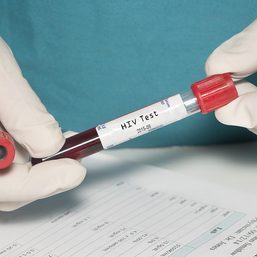






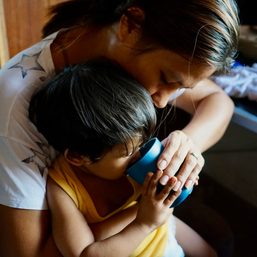
![[OPINION] Beyond infrastructure: Ensuring healthcare access for the poor](https://www.rappler.com/tachyon/2024/03/tl-healthcare-access-03402024.jpg?resize=257%2C257&crop_strategy=attention)
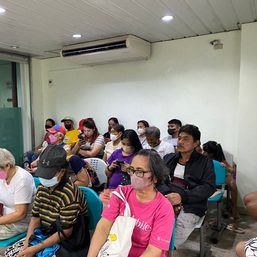
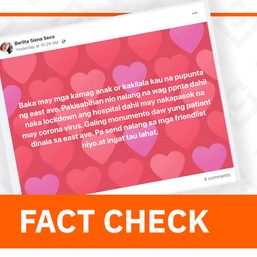
![[Episodes] Option or obligation: Taking care of the people who took care of us](https://www.rappler.com/tachyon/2024/05/Option-or-obligation-Taking-care-of-the-people-who-took-care-of-us.jpg?resize=257%2C257&crop_strategy=attention)
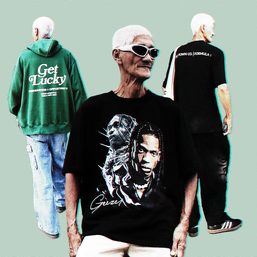
![[OPINYON] Puting buhok at ang mapaminsalang ageism](https://www.rappler.com/tachyon/2024/03/IMHO-Ageism-March-11-2024.jpg?resize=257%2C257&crop=468px%2C0px%2C720px%2C720px)


There are no comments yet. Add your comment to start the conversation.